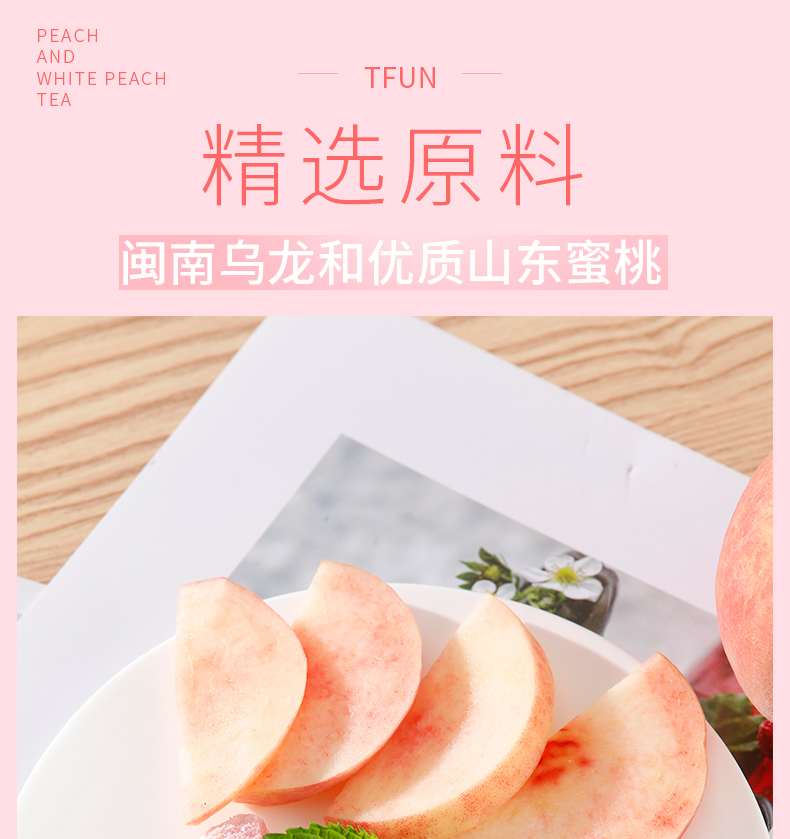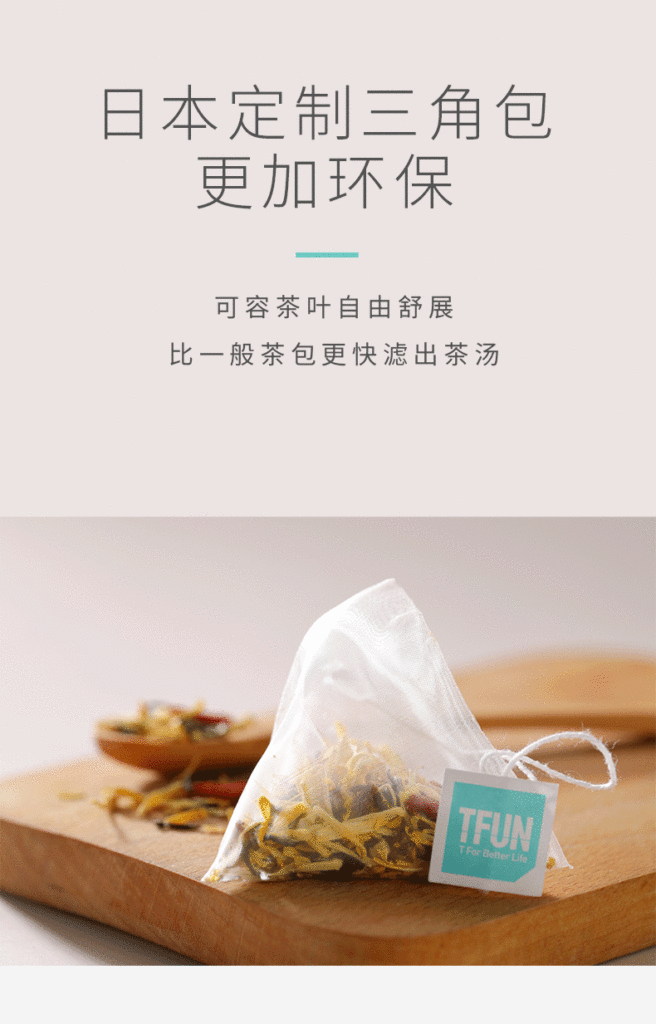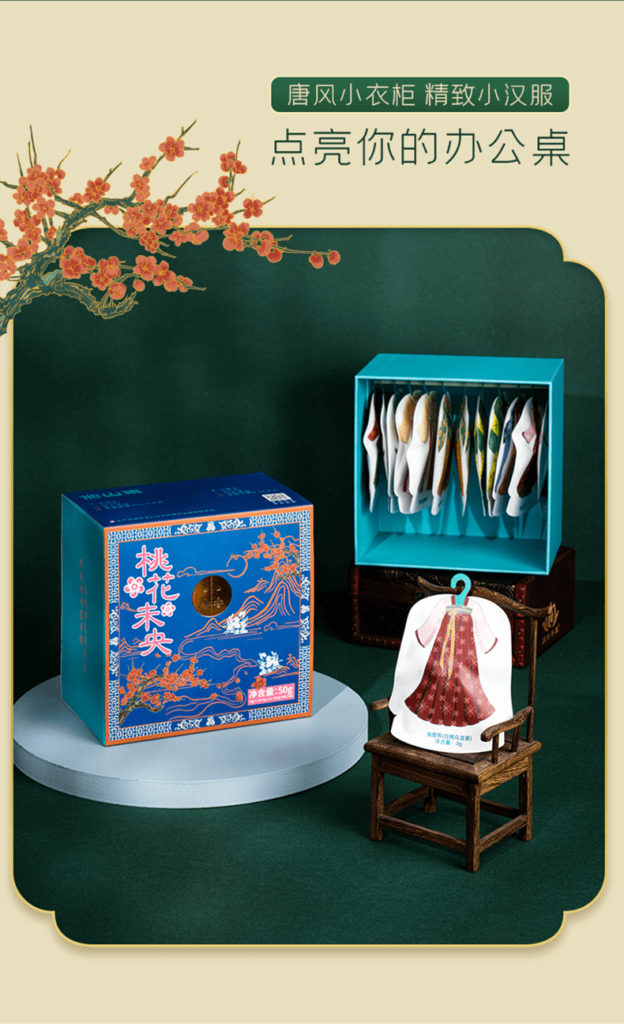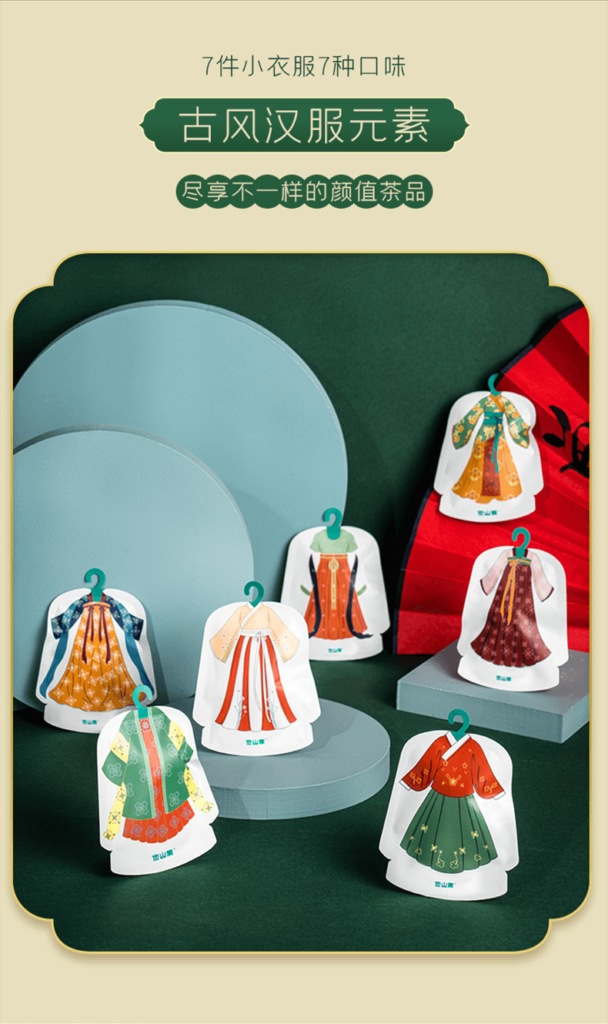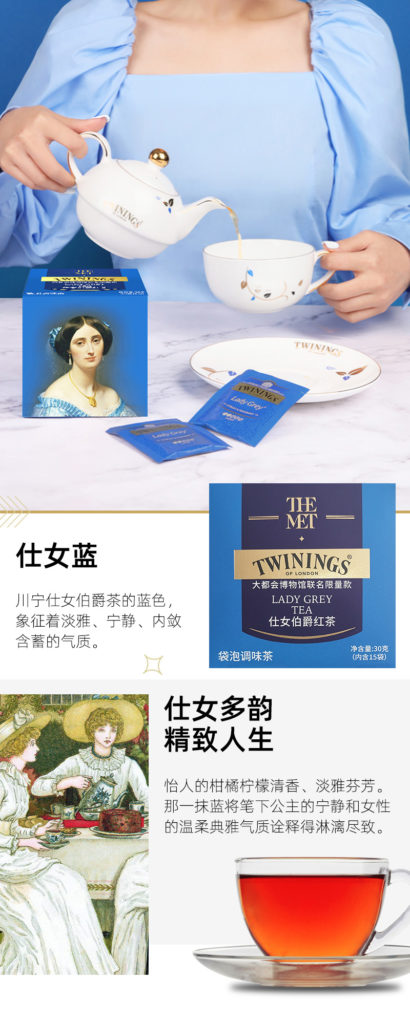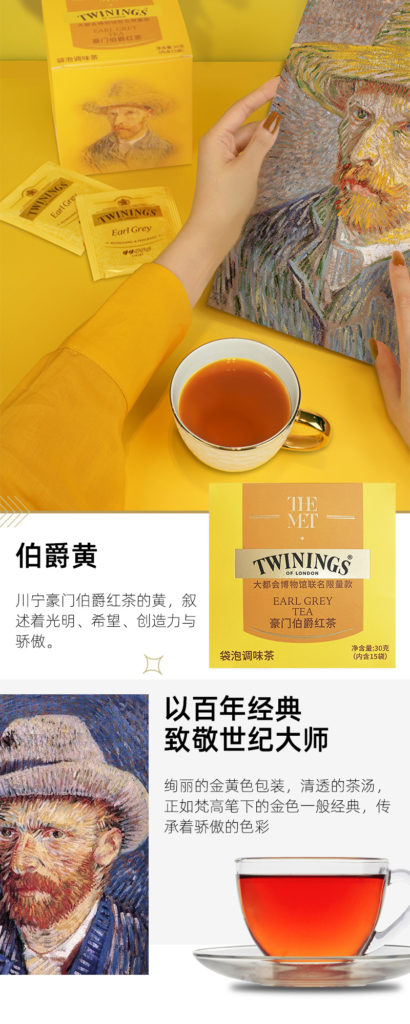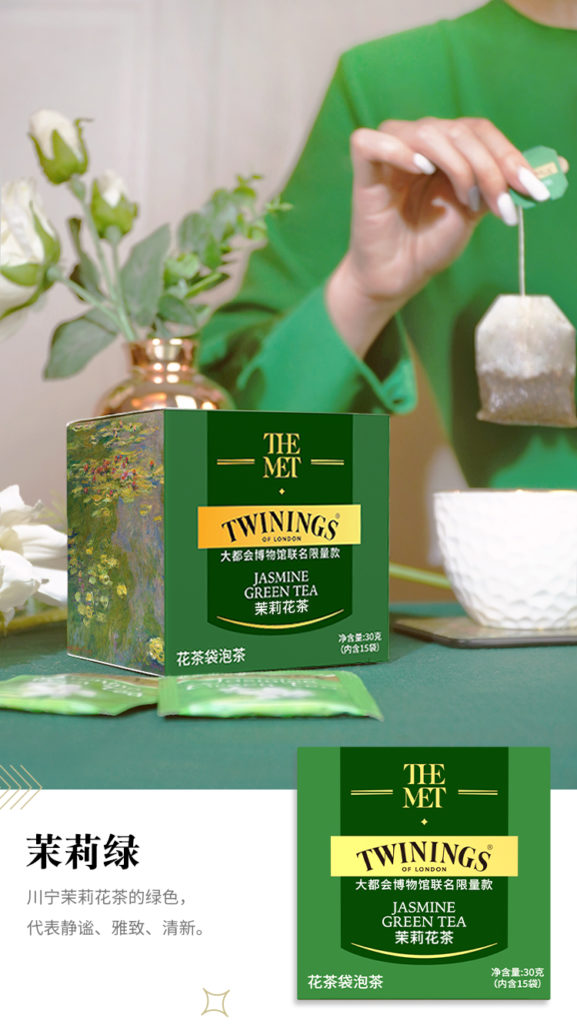Written by Zijun Zhang and Aron Solomons
There is probably nothing more synonymous with Chinese culture than tea
There is probably nothing more synonymous with Chinese culture than tea. Tea culture in China can be traced all the way back to the Han Dynasty (206 BC-220 AD). Archaeologists have even found tea containers buried in tombs from this era. Teabags, on the other hand, have a more recent history. They were most likely an accidental invention by an American tea importer in the early 20th century, who shipped samples to his customers in silk bags. Unbeknownst to him, these potential customers were putting the bags directly in water. Thus, the teabag was born.
Tea adapts to young people’s hectic lifestyles
Trendy tea manufacturer CHALI sold nearly 600 million teabags in 2020
Throughout its history, or possibly because of it, the humble teabag has long been associated with sub-par quality versus loose leaf teas. But recently they have exploded in popularity among younger consumers.
Newer tea brands have grown so much they are now even surpassing the sales of traditional Chinese teas. These include many brands who for years refused to sell teabags as a matter of principle. A case in point is CHALI (茶里), a trendy tea manufacturer that sold nearly 600 million teabags in 2020. The brand’s revenue is now higher than its long-established traditional competitor Yifutang (艺福堂).
Teabags fulfill young people’s more urgent and time-sensitive tea-drinking needs
The rise of the teabag represents a shift in young people’s changing demands thanks to modern life. The most obvious driver of this shift is time. Time is precious in modern Chinese society. Having time to properly follow traditional preparation methods, and sitting through extensive tea-drinking rituals, is a luxury young people can’t afford. There’s no time to warm your teacups, prepare special wooden tables, or worry about reaching the perfect temperature before drinking. Teabags fulfill young people’s more urgent and time-sensitive tea-drinking needs. Young consumers increasingly expect immediacy in all aspects of their life. Tea is no exception.
The ways brands have adapted to these shifts offer wide-reaching lessons on the inherent potential in turning a poorly perceived product into something more premium, as well as how to successfully blend traditional and modern cultural elements.
Changing perceptions of the teabag
Brands are putting a lot of effort into upgrading both the teabag and ingredient quality
While winning brands offer a quicker and simpler beverage choice than their traditional counterparts, this is not all they’re bringing to the table. Without the restraints of traditional tea culture, modern local brands are able to use their teabags to show off their creativity and premium nature.
The very first thing many have done is to change the perception of the teabag itself from being low quality. Brands are putting a lot of effort into upgrading both the teabag and ingredient quality. For example, TFun distinguishes their product by adding large chunks of dried fruit into a see-through teabag for their “Big Pieces Fruit Tea”. They also claim a special design that diffuses tea more effectively.
Blending culture as well as tea
New tea brands are tapping into feelings of national pride by capitalising on being homegrown and collaborating with local artists
New tea brands are also tapping into feelings of national pride, often termed guochao. They capitalise on being homegrown and supporting other local brands. Many of them collaborate with local artists and put their vibrant, colourful illustrations on the packaging.
Tea brand Tasan (他山集) has successfully integrated traditional Chinese fashion into its products. Recently, Tasan collaborated with Poetic Oriental Beauty (盘子女人坊), a famous photography studio specialising in traditional Chinese themed photos. Together, they created a limited-edition teabag using traditional Chinese clothing styles. This successfully blends parts of traditional Chinese culture while also being modern and convenient. These kinds of collaborations have boosted the young brand, founded only in 2020, to become one of the fastest-growing tea brands on Tmall.
International brands also see success
Collaborations act as a blueprint for international brands looking to make an impact by co-operating with other partners
International brands are also benefitting from this demand for premium and creative teabags. Twinings has collaborated with everything from Peter Rabbit to New York’s Metropolitan Museum of Art. Their partnership with The Met amassed over 100,000 comments on JD.com. These collaborations connect with a demand for heritage, luxury, and artisan design while acting as a blueprint for international brands looking to make an impact by co-operating with other partners.
Innovation and creativity change the ‘image’ of teabags
Brands looking to win in this space need to be innovative both inside and outside of their humble teabags
How much more popular are teabags today? In 2020 alone, the teabag saw sales in China go up by 156%. While being previously dismissed as low quality, young people have opened up brand new opportunities in this thousand-year-old beverage category.
Brands looking to win in this space need to be innovative both inside and outside of their humble teabags. They must ensure their teabag has high quality ingredients, is made of premium materials, and is creative. These lessons go beyond the tea category, of course. They show that brands can completely shift perceptions of a product, from being low quality and cheap to premium and popular, with the right product and story.
If you enjoyed this article and want to contribute a piece to Dao, please get in touch with the team at [email protected]
Read more:







